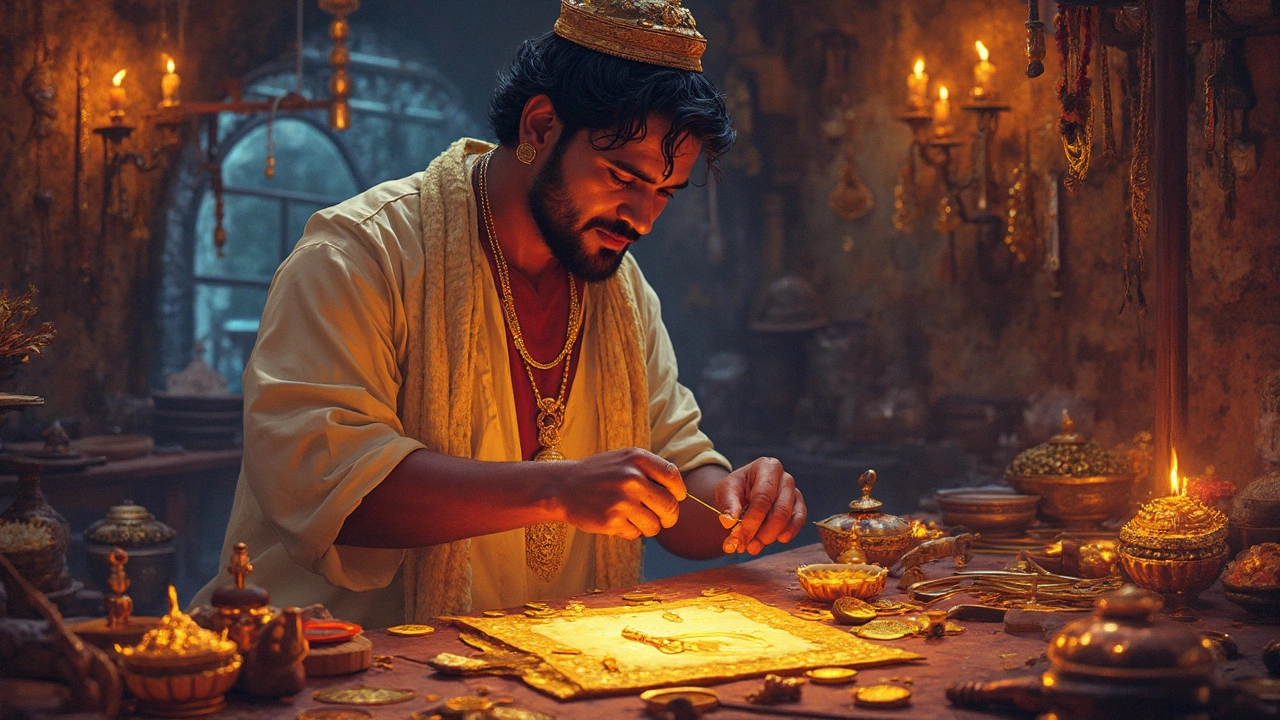Nagas Gold – What It Is and Why It Matters
If you’ve seen the word “Nagas” on a gold pendant or bracelet, you’re looking at a style that blends tribal art with classic Indian gold. It’s not a brand name; it’s a description of a design tradition that comes from the Nagaland region and nearby states. The pieces often feature bold motifs like scrolls, animal heads, and geometric patterns that reflect the everyday life of the Naga people.
Because the style is rooted in tribal culture, each item has a story. You might find a necklace that mimics a traditional Naga necklace worn during festivals, or a pair of earrings that echo the intricate beadwork of Naga headgear. The look is striking, and many buyers choose it to add a unique, cultural touch to their wardrobe.
History and Cultural Significance
The Naga tribes have used gold for centuries, but the modern “Nagas gold” trend started when designers began mixing traditional motifs with contemporary goldsmithing techniques. The result is a piece that feels both ancient and fresh. When you wear Nagas gold, you’re showcasing a heritage that dates back to tribal rituals, marriage ceremonies, and community celebrations.
These designs are also popular among collectors. Because the patterns are hand‑crafted, no two pieces are exactly alike. That authenticity often adds value, especially when the item comes with a proper BIS hallmark confirming its purity.
How to Spot Real Nagas Gold
First, check the hallmark. In India, genuine gold must carry a BIS stamp that includes the purity (e.g., 22K, 916). Look for a small circle or square with the purity number and a tiny lion or a plant symbol. If the stamp is missing or looks fuzzy, the piece might be plated rather than solid gold.
Second, feel the weight. Solid gold feels heavier than gold‑filled or plated items of the same size. Hold the jewelry in one hand and compare it with a known gold piece. If it feels unusually light, ask the seller for a purity test.
Third, examine the design details. Authentic Nagas gold often has slightly irregular edges and visible hand‑hammered marks. Mass‑produced imitations tend to have perfectly smooth lines and a uniform finish.
Fourth, ask about the source. Reputable sellers, like RH Jewellers, will provide a buying guide or a certificate of authenticity. They can also tell you where the gold was sourced and how the design was created.
Finally, price matters. If a Nagas gold piece is priced far below market rates for 22‑carat gold, it’s likely not solid gold. Use the current gold rate (easily found online) and calculate the expected price based on weight and purity. This quick math helps you avoid overpaying for fake items.
When you buy Nagas gold from an online store, make sure the product page lists the weight, purity, hallmark details, and a clear return policy. These clues show that the seller stands behind the quality.
In short, Nagas gold offers a blend of cultural depth and visual impact. By checking hallmarks, weight, design quirks, and seller credibility, you can enjoy a genuine piece that honors tradition and lasts for years. Happy shopping!
Nagas Gold: Shimmering Elegance of Temple Jewelry in India
Nagas gold refers to a special variety of Indian temple jewelry, renowned for its unique craftsmanship and cultural significance. Often adorned with intricate designs and rich motifs, these pieces symbolize divine connection and tradition. Understanding its origins and designs can deepen appreciation for this exquisite art form, offering a glimpse into India's artistic heritage. This article explores fascinating aspects of Nagas gold, from its historical roots to tips on selecting authentic pieces.





